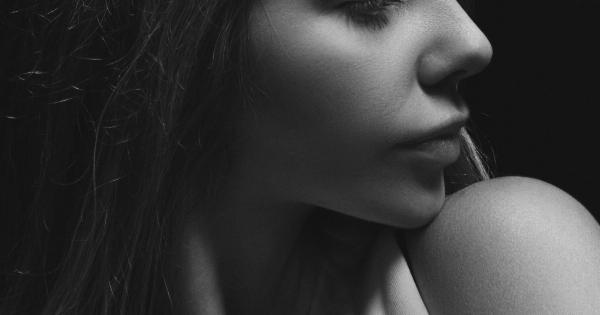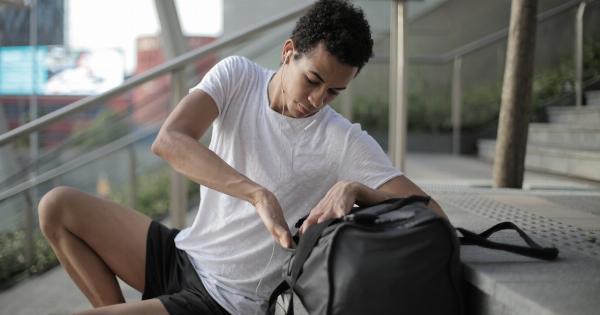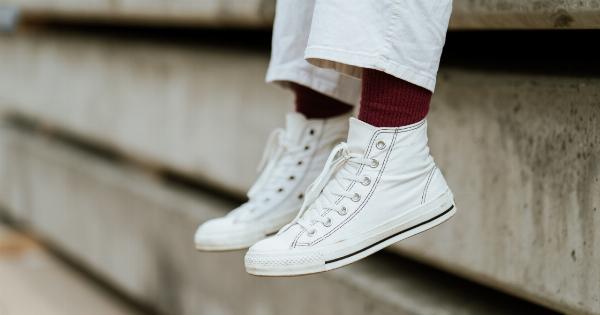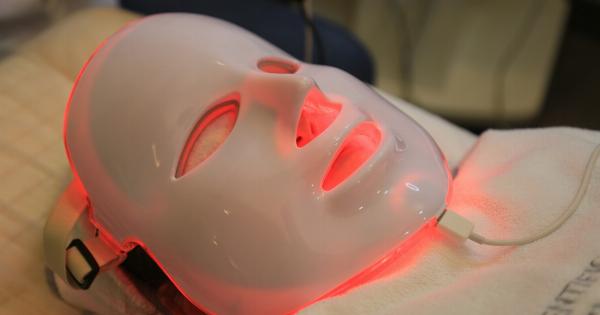Acne is a common skin condition that affects people of all ages. It occurs when hair follicles become clogged with oil and dead skin cells. This results in the formation of pimples, blackheads, and whiteheads on the face, neck, chest, and back.
While acne is not a life-threatening condition, it can cause emotional distress and affect a person’s self-esteem. Fortunately, there are modern methods for dealing with acne that can help improve the appearance of the skin and reduce the frequency of breakouts.
Medical Treatments
One of the most effective modern methods for dealing with acne is medical treatments. Topical creams, gels, and lotions that contain ingredients like benzoyl peroxide, salicylic acid, and retinoids are commonly used to treat acne.
These products help to unclog pores, reduce inflammation, and prevent the formation of new acne lesions. In addition, oral medications like antibiotics, hormonal therapies, and isotretinoin (Accutane) are prescribed for more severe cases of acne. These medications work by reducing oil production and killing bacteria that cause acne.
Laser and Light Therapy
Laser and light therapy are also modern methods for dealing with acne. These treatments involve the use of special devices that emit intense pulsed light or laser energy to target and destroy acne-causing bacteria.
They also help to reduce inflammation and redness, promote collagen production, and improve the overall tone and texture of the skin. Laser and light therapy are generally safe and well-tolerated, but they may require several sessions to achieve optimal results.
Chemical Peels
Chemical peels are another modern method for dealing with acne. During a chemical peel, a solution containing acids like alpha-hydroxy acid (AHA) or beta-hydroxy acid (BHA) is applied to the skin.
This solution causes the outermost layer of skin to peel off, which removes dead skin cells and unclogs pores. Chemical peels also stimulate collagen production and can help to reduce the appearance of acne scars. There are different types of chemical peels available, ranging from light to deep peels, depending on the severity of the acne.
Microneedling
Microneedling is a modern method for dealing with acne that involves the use of a small handheld device called a derma roller. The derma roller has tiny needles on its surface that create microchannels in the skin.
These microchannels stimulate the production of collagen and elastin, which can improve the appearance of acne scars and reduce the frequency of breakouts. Microneedling can be done at home using a derma roller or in a medical setting using a more advanced device.
Acupuncture
Acupuncture is a traditional Chinese medicine practice that involves the insertion of needles into specific points on the body. It is also a modern method for dealing with acne.
Acupuncture can be used to treat acne by reducing inflammation, regulating hormones, and improving circulation. Acupuncture treatment for acne typically involves a series of sessions over several weeks or months to see results.
Diet and Lifestyle Changes
Diet and lifestyle changes are also modern methods for dealing with acne. Eating a healthy diet rich in fruits, vegetables, lean proteins, and whole grains can help to reduce inflammation and improve the health of the skin.
Avoiding processed foods, sugary drinks, and alcohol can also help to reduce the frequency of breakouts. Regular exercise, stress reduction techniques like yoga or meditation, and getting enough sleep can also improve the health of the skin and reduce the frequency of breakouts.
Conclusion
Acne is a common skin condition that can be treated using modern methods like medical treatments, laser and light therapy, chemical peels, microneedling, acupuncture, and diet and lifestyle changes.
With the right treatment plan, it is possible to improve the appearance of the skin and reduce the frequency of breakouts. If you suffer from acne, talk to your dermatologist about the best modern methods for dealing with acne that may be right for you.





























